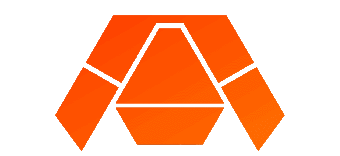Spring 2016 AdBot Custom PCB Schematic
By Dang Le (Project Manager)
The PCB schematic for AdBot, made by the project manager, in figure 1 shows pin allocations with the integrated circuit components and the Arduino Uno.
The first L298P half bridge is the surface mount PowerSO20 component, which is not the Multiwatt15 breadboarding type so the pins read differently. The sense pins are grounded. They are not connected to 0.5 ohm 2 watt resistors for measuring the voltage and current draw. The device is manufactured with two no connection terminals. Vs requires inputing the power source, which is a 12 V battery. Vss is for inputing 5 V to keep power for logic.
The above image shows the header connection to the Arduino and the roles some pins are designed to have. Each half bridge has runs two motors, so they have a total of four input and two enable pins to connect to the arduino. JHIGH refers to pin number 8 up to SCL.
The above image shows the the remaining pins. JLOW represents Arduino pin number 1 to 7. The voltage divider connections to the bluetooth module. Analog pins are used to write digital highs and lows to the motor driver just as digital pins are capable of doing.
The project manager worked on soldering and troubleshooting the PCB board. He measured and tested the board for problems.







